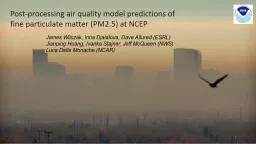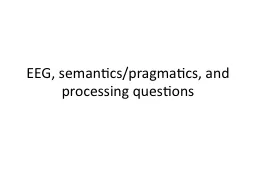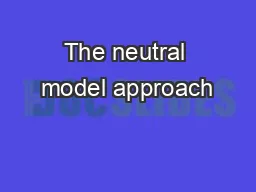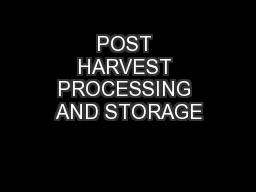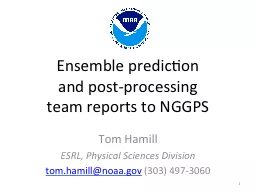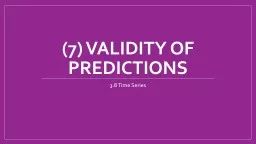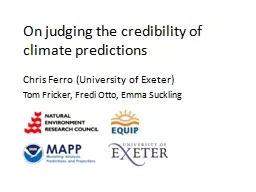PPT-Post-processing air quality model predictions of
Author : conchita-marotz | Published Date : 2016-09-08
fine particulate matter PM25 at NCEP James Wilczak Irina Djalalova Dave Allured ESRL Jianping Huang Ivanka Stajner Jeff McQueen NWS Luca Delle Monache
Presentation Embed Code
Download Presentation
Download Presentation The PPT/PDF document "Post-processing air quality model predic..." is the property of its rightful owner. Permission is granted to download and print the materials on this website for personal, non-commercial use only, and to display it on your personal computer provided you do not modify the materials and that you retain all copyright notices contained in the materials. By downloading content from our website, you accept the terms of this agreement.
Post-processing air quality model predictions of: Transcript
Download Rules Of Document
"Post-processing air quality model predictions of"The content belongs to its owner. You may download and print it for personal use, without modification, and keep all copyright notices. By downloading, you agree to these terms.
Related Documents

